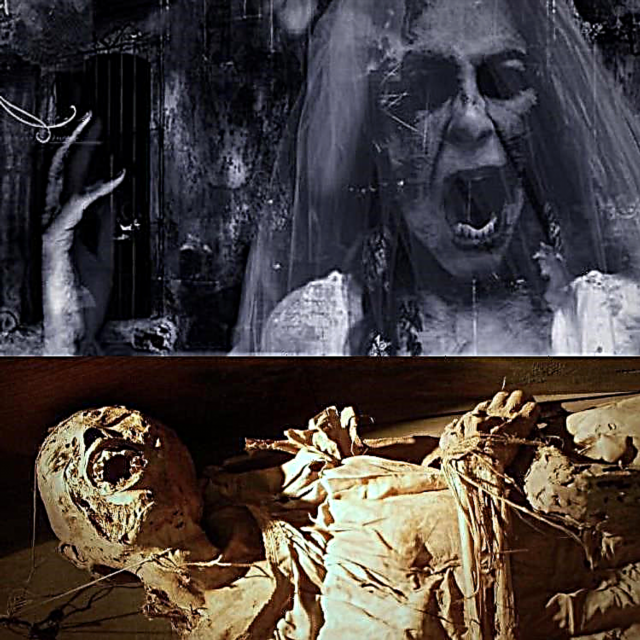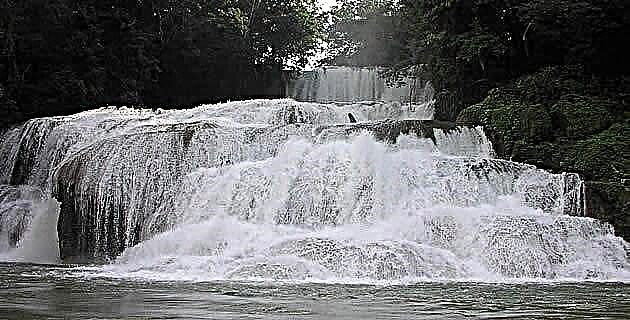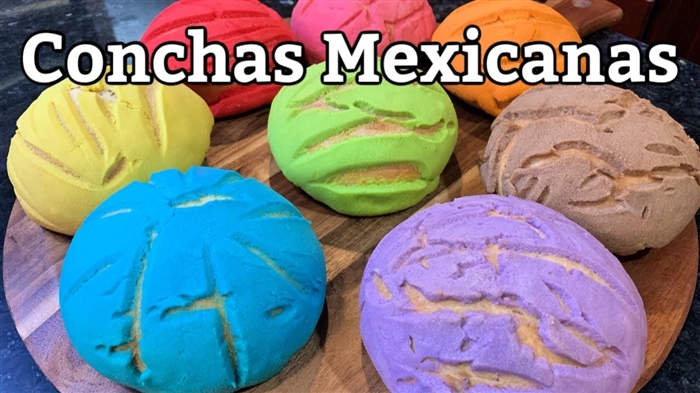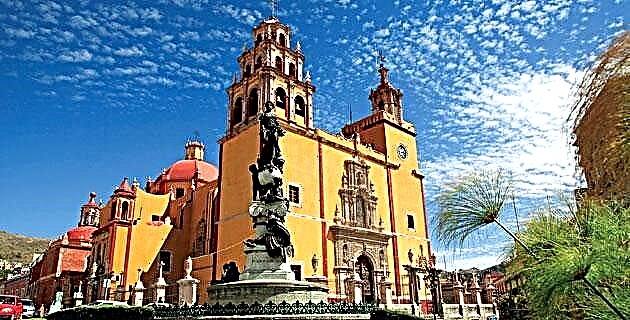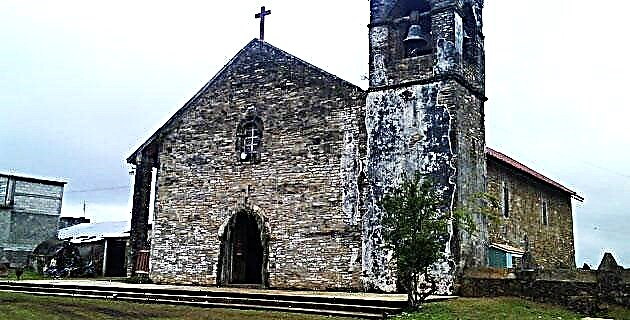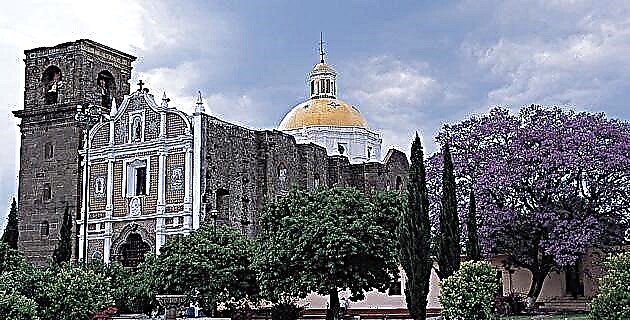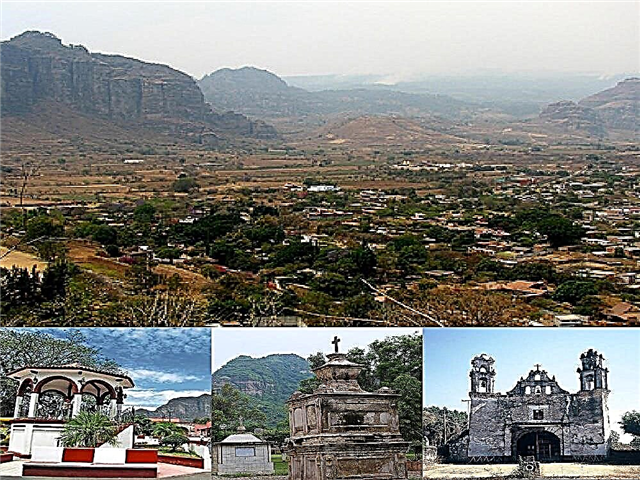East Magic Town Morelense has beautiful festive traditions, magnificent architecture and fantastic water parks that will provide you with an unforgettable vacation. We help you to know it with this complete guide.
1. Where is Tlayacapan and what are the main distances to travel?
Tlayacapan is a town and municipality located north of the state of Morelos, surrounded by the municipal entities of Tepoztlán, Tlalnepantla, Totolapan, Atlatlahucan and Yautepec de Zaragoza. The capital of Morelos, Cuernavaca, is 51 km away. from the Pueblo Mágico traveling eastward, first to Tepoztlán and then to Oaxtepec. To go from Mexico City to Tlayacapan you have to travel 106 km. Southbound on Federal Highway 115. The city of Toluca is located 132 km away, while Puebla is 123 km away.
2. How did the town originate?
The first Tlayacapanists were Olmecs, which has been known from archaeological witnesses contained in stones and pottery remains. During pre-Hispanic times, Tlayacapan was an important station on the road to Tenochtitlan. In 1521, the conqueror Hernán Cortés fought against the natives in Tlayacapan, who gave him a few casualties. The Indians were subdued in 1539 and when the division of New Spain was made, the town remained on the Mexican side. During the colony, the main buildings were erected and the traditions that make up the current material and spiritual cultural heritage of Tlayacapan were developed, which made possible its elevation to the category of Magical Town in 2011.
3. What climate does Tlayacapan have?
The town enjoys a temperate subhumid climate, with an annual average temperature of 20 ° C, protected by its altitude of 1,641 meters above sea level. The climate of Tlayacapan is very even, since in the winter months the thermometers average between 18 and 19 ° C, while in summer the temperature rises to 21 or 22 ° C. The specific extremes can approach 30 ° C in the hot season and 10 ° C in the coldest. In Tlayacapan it rains 952 mm per year and rainfall is concentrated in the period from June to September, with slightly less in May and October. In the period from November to April the rains are very scarce or non-existent.
4. What are the highlights of Tlayacapan?
Tlayacapan is the cradle of the Chinelos, a tradition that has a picturesque history of origin. These characters delight the public with their acrobatic jumps, especially at carnival, when they are the main attraction. The Magic Town of Morelos also has magnificent architectural samples, such as the old Convent of San Juan Bautista, the numerous and beautiful chapels, the Coptic Orthodox temple, the first in the country; and the Municipal Palace. La Cerería is the main center of culture and the Banda de Tlayacapan is the most important musical artistic heritage. In the vicinity of Tlayacapan there are spectacular water parks to spend unforgettable vacation days of fun and relaxation. Nearby are the towns of Tepoztlán and Atlatlahucan, with beautiful architectural testimonies and natural landscapes.
5. What are chinelos?
The chinelos are characters with masks who wear splendid and colorful typical costumes and practice the so-called Brinco de los Chinelos, a choreographic show that takes place at carnival and other special dates. The chinelos dance to the sound of music played by a band made up of wind instruments, drums and cymbals, and infect the public with their rhythmic jumps. Some specialists point out that the chinelos' choreography has its origin in the old dances of the Moors and Christians, while others see in the dance similarities with the pilgrimages of the Aztecs before the founding of Tenochtitlán. However, the tradition of the Chinelos was born in Tlayacapan just over 200 years ago, according to a curious story.
6. What is the history of the emergence of the Chinelos?
At the beginning of the 19th century, the evangelization of almost 300 years had already taken root in Mexico the Catholic religion, despite its constant collision with pre-Columbian customs. One of these Christian traditions is the recollection during Lent. In 1807, several young natives of Tlayacapan who wanted to make fun of the Spanish, decided to disguise themselves in rags and old clothes in the middle of Lent, covering their faces with rags and handkerchiefs, while they went through the streets jumping, screaming and whistling. The performance was well received by a large part of the population and was repeated the following year. Over time, music and colorful clothing were incorporated and the tradition of the Chinelos passed to other Mexican towns, where it is one of the great attractions of the carnival.
7. What is the Ex Convent of San Juan Bautista like?
This huge religious complex located in the historic center of Tlayacapan, near the Municipal Palace, was erected in 1534 by the friars of the Augustinian order, being declared a World Heritage Site by UNESCO in 1996. It stands out for the beauty of its chapels and its frescoes and its plateresque ornamentation. During a remodeling carried out in the 1980s, several mummies of children and young people belonging to children of Spanish families settled in the town were discovered, bodies that are exhibited in the convent. There is also a small museum of pieces of sacred art.
8. What are the most outstanding chapels?
More than the great temples and cathedrals, the large number of chapels scattered throughout the Mexican geography, was the basis of the Christian evangelization of the country. Only in Tlayacapan are 17 of the 27 existing neighborhood chapels concentrated in the municipality and admiring them is taking a charming walk through architectural details and ornamentation. An essential tour should include the chapels of San José de los Laureles, San Andrés, San Agustín, Santa Anita, La Exaltación, Santiago Apóstol, San Juan Bautista, El Rosario, San Martín and that of the Virgen del Tránsito.
9. Where is the Coptic Temple located?
The Orthodox Coptic cult is of very recent history in Mexico and it was only in 2001 when the Patriarch of Alexandria and Coptic Pope, Shenouda III, sent Father Mikhail Edvard to officiate the first mass according to the rite founded in Egypt in the 1st century. January 2007, the patriarch inaugurated near the entrance of the town of Tlayacapan the first Coptic Orthodox church in Mexican territory. It was consecrated to Saint Mary and Saint Mark the Evangelist, founder and first bishop of the Church of Alexandria. The temple is distinguished by the neat decoration of its façade, in which several Coptic crosses stand out.
10. What is the interest of the Municipal Palace?
The Municipal Presidency of Tlayacapan is located in the same place where the tecpan was built during pre-Hispanic times, which was the palace of the rulers. In front of the old pre-Columbian government palace was the tianquixtle, the space for the market, which in Tlayacapan was held under a ceiba tree. The current Municipal Palace is a white building edged with red, with six arches on its ground floor and crowned by a large clock. In the municipal presidency some historical documentary jewels are preserved, such as the first land titles granted during the viceroyalty.
11. What does the La Cerería Cultural Center offer?
For many centuries, mankind lit homes with candles, which were also used and continue to be used for religious purposes. The 16th century building called La Cerería was the Tlayacapan candle and wax factory and is now home to a cultural center. The center has three exhibition rooms, one for the Chinelos, a tradition that was born in the Magic Town; another room is dedicated to pottery and the third to the traditions and legends of Tlayacapan. You can also admire the old ovens of the chandlery and look into the circular cistern that was used to store rainwater.
12. How did the famous Banda de Tlayacapan come about?
This wind music group that bears the name of Brígido Santamaría is the oldest in Mexico. It was founded in 1870 by Vidal Santamaría and Juan Chillopa, who brought together some family and friends to create it. It was dissolved in 1910 in the middle of the Mexican Revolution, but Cristino, Don Vidal's son, re-founded it in 1916 and then the work was continued by Brígido, a member of the third generation of the family. Cristino was a Zapatista colonel and led the band during General Zapata's acts. Currently the group has a wide repertoire and performs in different national and international stages. Hopefully your visit to Tlayacapan coincides with a presentation of his famous band.
13. What are the main water parks?
Just 8 km. from Tlayacapan is the Oaxtepec Water Park, promoted as the largest and most modern resort in Latin America. It extends over 24 hectares and is a popular destination with capacity for more than 30 thousand visitors, who will have fun in its classic pools, wave pools, whirlpool, wading pools, diving pits and sports fields, among other attractions. Another place to enjoy near Tlayacapan is the IMSS Oaxtepec Vacation Center, with pools, steam rooms, cabins, green areas and other attractions.
14. How is the Tlayacapan crafts?
One of the great tourist attractions of Tlayacapan is its pottery, an ancient trade in the town, which began with the production of large pots and pans and was later modernized in the 20th century to produce smaller decorative pieces for tourists to use. They will carry as a souvenir. The first archaeological excavations of the territory allowed us to find a large number of pre-Columbian pieces of clay that revealed the mastery of pottery techniques by the pre-Hispanic Tlayacapan people. In the Plaza del Alfarero del Pueblo Mágico, artisans display a great variety of beautiful pieces.
15. What are the main town festivals?
One of the great celebrations of Tlayacapan is the carnival. Each neighborhood of the town organizes its comparsa, a tradition that began with those of Texcalpa or Santiago, El Rosario and Santa Ana. The most anticipated day is Carnival Sunday, when the chinelos begin to jump, a show that does not stop until Tuesday. Lent that follows carnival is celebrated with religious fervor, as well as Holy Week. June 24 is the day of the patron, San Juan Bautista, a holiday that is full of band music, fireworks and dances. Each town chapel celebrates its saint, so it is very difficult to go to Tlayacapan without encountering a party.
16. What is gastronomy like?
The ash tamale is one of the favorite dishes in Tlayacapan. Many people believe that these tamales are so named because the ash participates in their preparation or cooking. The name really comes from the ash color they acquire when the beans are added. Tlayacapan people love to accompany the green pumpkin seed mole and the red mole with ash tamales. As in all of Morelos, in the Magic Town they like to drink the brandy from Zacualpan and the pulque from Huitzilac, as well as the mezcal from Palpan and the rompope from Tehuixtla.
17. What attractions are in the nearest towns?
Only 30 km. from Tlayacapan there is also the Magical Town of Tepoztlán, a town with magnificent colonial attractions and wonderful natural landscapes. In the viceregal architecture of Tepoz, the National Museum of the Viceroyalty stands out with its splendid former convent of San Francisco Javier and the old Aqueduct, while the Sierra de Tepotzotlán State Park is a beautiful refuge of flora and fauna that offers different possibilities of entertainment to the fresh air. Atlatlahucan, another interesting town in Morelos, is 15 km away. from Tlayacapan. In Atlatlahucan you must visit the former Convent of San Mateo Apóstol and the Dancing Fountain, as well as enjoy its festivals, among which the Feria del Señor de Tepalcingo stands out.
18. What are the best hotels and restaurants?
In Tlayacapan there are some cozy lodgings installed in mansions that were converted as inns. Posada Mexicana is a pleasant and picturesque place, as well as Casona el Encanto and La Renacuaja. Near the Magic Town are the Imss Oaxtepec Vacation Center, with simple but comfortable rooms, and the Hotel Santa Cruz Oaxtepec, with an excellent price / service ratio. Santo Remedio Restaurant is highly praised for its octopus cake and tortilla soup. Emilianos serves Mexican food and customers rave about the cecina de yecapixtla and the pipián. Manos Artesanas de La Región serves mole poblano and other typical dishes, and its champurrado is creamy and delicious.
We hope that you can soon go to Tlayacapan to enjoy its chinelos and other attractions. We will meet again soon for another charming virtual walk through the beautiful Mexican geography.

